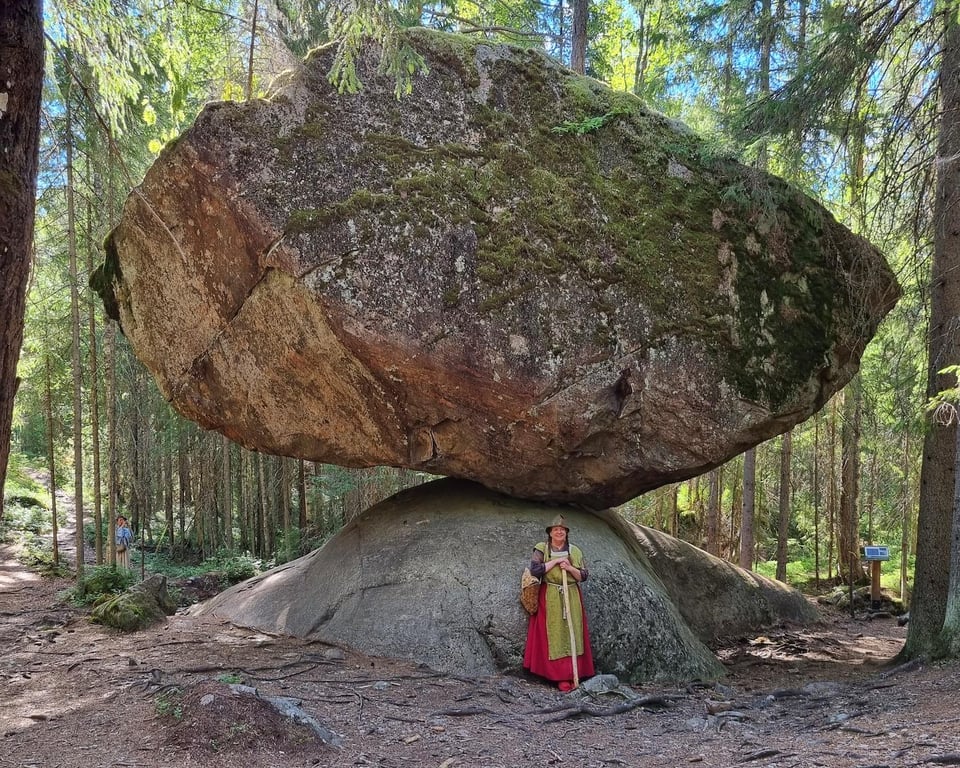this post was submitted on 27 Apr 2024
617 points (98.4% liked)
pics
20048 readers
1557 users here now
Rules:
1.. Please mark original photos with [OC] in the title if you're the photographer
2..Pictures containing a politician from any country or planet are prohibited, this is a community voted on rule.
3.. Image must be a photograph, no AI or digital art.
4.. No NSFW/Cosplay/Spam/Trolling images.
5.. Be civil. No racism or bigotry.
Photo of the Week Rule(s):
1.. On Fridays, the most upvoted original, marked [OC], photo posted between Friday and Thursday will be the next week's banner and featured photo.
2.. The weekly photos will be saved for an end of the year run off.
Instance-wide rules always apply. https://mastodon.world/about
founded 2 years ago
MODERATORS
you are viewing a single comment's thread
view the rest of the comments
view the rest of the comments


What happened 11,000 years ago?
The ice sheet covering northern europe started to melt away, and with that we got what is called "glacial erratics". Rocks had traveled from once place to another, and then settled. In Sweden we call those "giants throw", because it was assumed that the only way those big rocks could be where they are was if a giant had thrown it.
In Finland those are called siirtolohkare (moved boulder) or hiidenkivi (devil's rock)
I think we have the same terminology then, we also call them "flyttblock". Is there a story behind them being called Devil's rock? It sounds very finnish to me to be honest.
Well "hiisi" translates to "devil" but that's very much a political translation as far as such things existed back then.
Translating "Hiisi" as "the Devil" is quite a fuck-the-pagans translation.
https://en.m.wikipedia.org/wiki/Hiisi
I think "the Fae" would be a more accurate translation, theology-wise.
It's not literally devil (paholainen) but Hiisi, which is something similar in finnish mythology which obviously doesn't have a translation.
It's likely simply "only devil could have brought that stone here"
it was actually around 11025 years ago. i first heard about this in 1999, and it was 11000 years then.
Ice age
You're not gonna believe it.